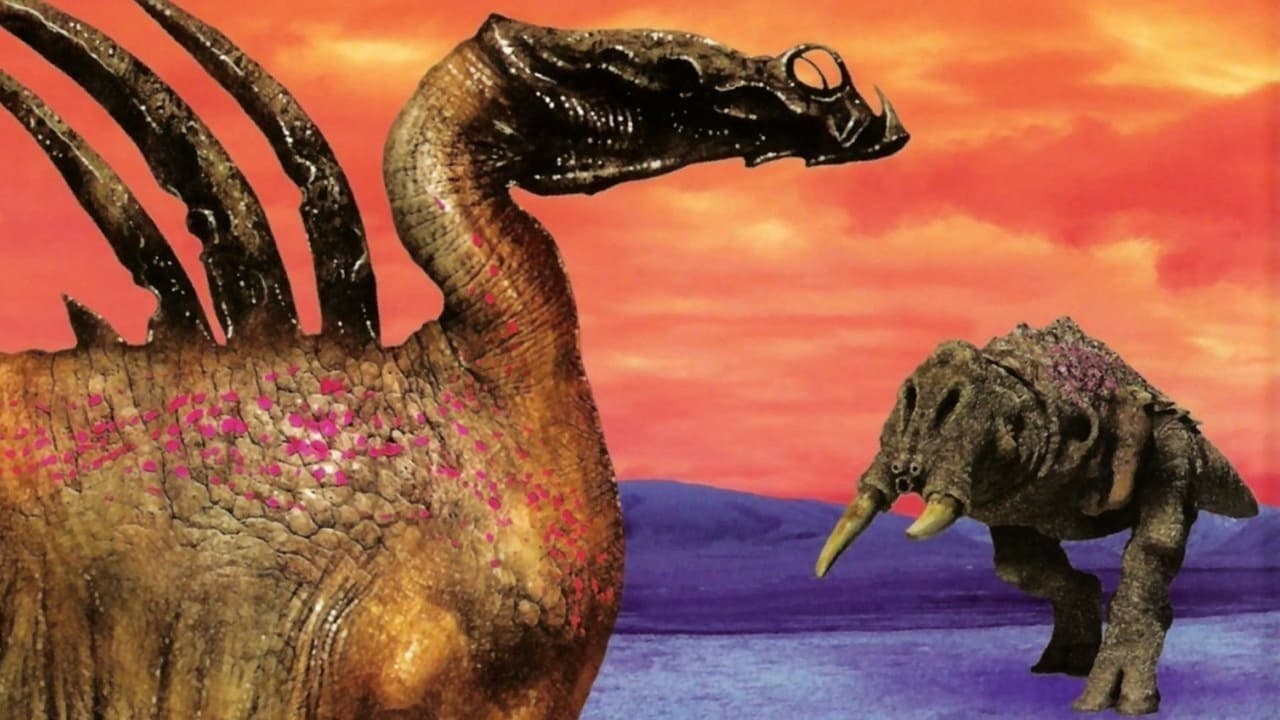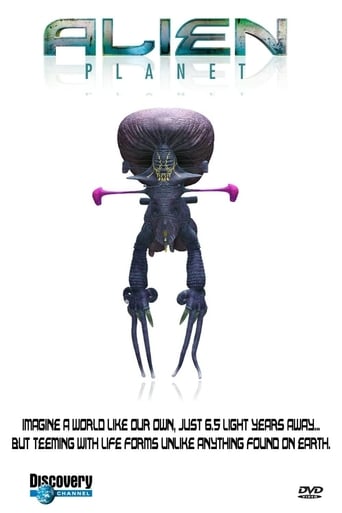

Such a frustrating disappointment
... View Moreif their story seems completely bonkers, almost like a feverish work of fiction, you ain't heard nothing yet.
... View MoreThrough painfully honest and emotional moments, the movie becomes irresistibly relatable
... View MoreOne of the film's great tricks is that, for a time, you think it will go down a rabbit hole of unrealistic glorification.
... View MoreThe way this show is presented is very clever. The slightly outdated animation shows its age; otherwise, if you were to tune in half-way through, you might think "oh my god! did they find life on another planet?!" That's the way I felt, at least, when I tuned in almost 10 years ago. Soon enough, you realize "ok this is some kind of documentary", but the way the scientists talk when interviewed, it sounds like they're explaining something that has _actually_ happened; like they're talking about life that _does_ exist beyond Earth. It gave it a real "war of the worlds"-radio-broadcast vibe.I liked the show so much at the time that I ordered the DVD so I could view the start that I missed. Ten years later, I decided to dig up this DVD and pop it in when my 11-year old daughter said she's really enjoying the "space" unit her class is studying in science.When I came to IMDb to look up the narrator's voice (which I recognized but could not identify), I was surprised to see this has an average review of 7.1.This show is way more deserving than that, so I registered an account just help bump up that average. THAT'S how entertaining and fascinating I think this show is!
... View More"Alien Planet" is a CGI speculative fiction documentary, made in the same way than excellent series as "Walking with Dinosaurs". As you could expect, the premise is very interesting, the animation is incredibly good (Some of the creatures that appear here seem like an inspiration for the beings from Planet Pandora in "Avatar" of James Cameron) Even when this is not as great as "Walking with Dinosaurs" it is still pretty enjoyable and interesting. If you like speculative fiction, or are interested in the life in other planets, you shouldn't miss this film. I also recommend "The Future is Wild" an incredible series with a notable use of computer animation and unique and fascinating creatures.
... View MoreAlready 10 minutes into the movie the viewers have been bombarded with such amounts of factual errors, physical impossibilities and unscientific nonsense that it is obvious that the target audience is mainly people with half a brain or less. Some of the absurdities are obvious, such as when Dr. Michio Kaku says that it takes 42 years for a vehicle to travel 4 light years at 0.2 c. (Obviously 4ly/0.2c = 20 years. In fact it takes exactly twice as long if the start and end velocities are 0 m/s, the maximum velocity is 0.2 c and the acceleration is constant but shifts to the opposite direction at halfway.) Others are less obvious, such as when Stephen Hawkings concludes that if life has spontaneously generated itself on earth then it must be possible for that to have happened elsewhere, too. (OK, the illogicality of that statement is somewhat obvious, too.)The format of the movie is the only thing that is realistic. Although this is a fictional "documentary" it is very much like today's documentaries on BBC and elsewhere, in that the viewers are shown so called experts who proclaim more or less wild speculation as fact.Some of the CGI is nice, though, and because of that I gave this movie a 2/10.
... View MoreAn intriguing and engaging exploration of an alien world. The CGI was excellent all around with some breathtaking views of the flora and fauna of Darwin IV, a world about 6 light years from earth. It really was fun to watch. The achilles heal alluded to in the summary is the overly optimistic view of our ability to build the software necessary to carry out this venture. I'm a programmer with 12 years experience and I can tell you in no uncertain terms we are not even close to being able to program an AI like Leo. Every "breakthrough" in software development productivity since the move from assembly to C in the early 1970s has been a big gimmick. We need at least one and probably two massive breakthroughs on the same order to pull it off and I gotta tell you, I haven't seen any sign of it even on the distant horizon. Maybe someday this trip will be feasible, but not until software construction is as second nature as bridge building.Still, all in all, definitely worth watching.
... View More